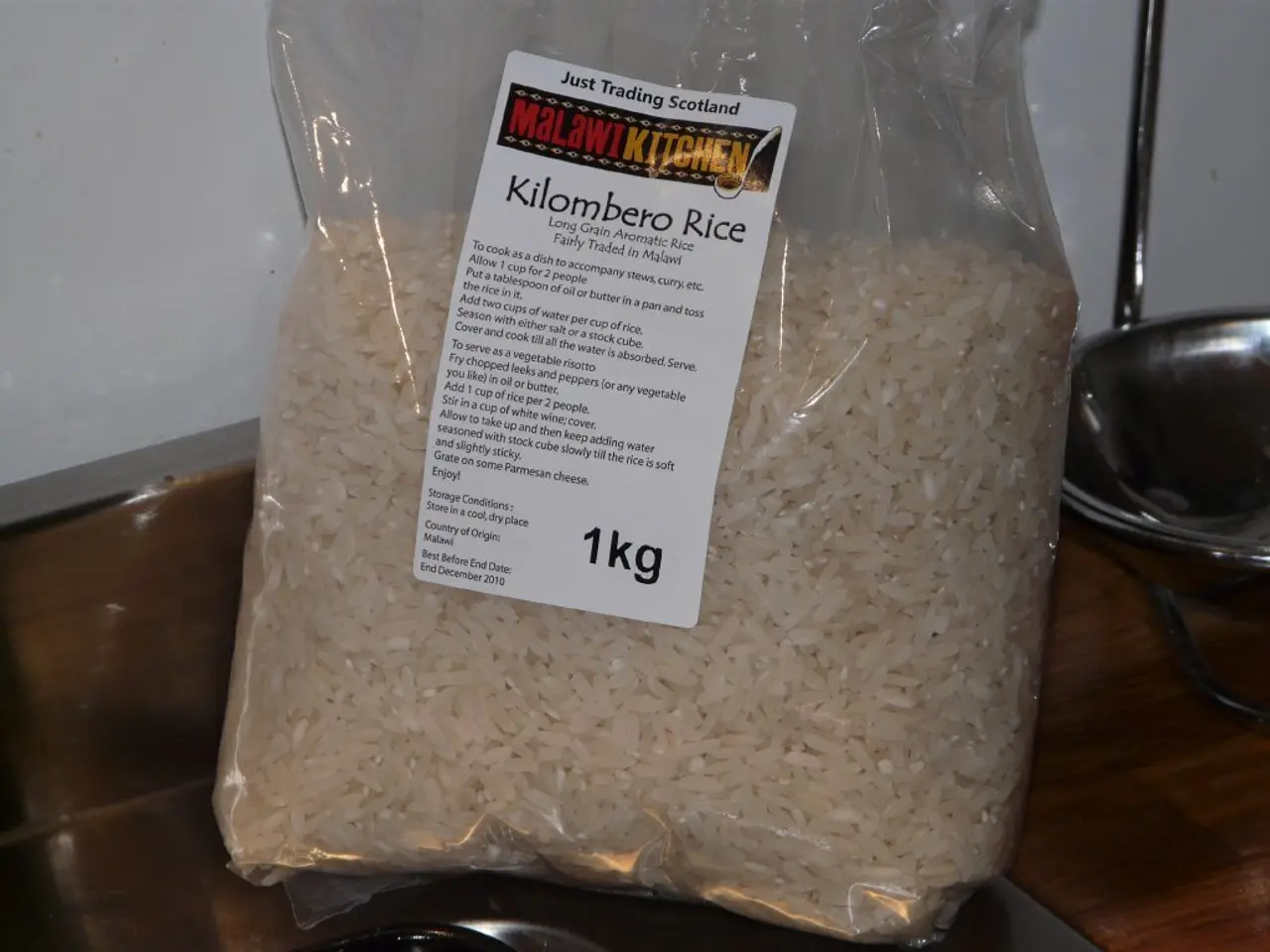Exporters and the Commerce Ministry deliberate on strategies for rice exports in 2025, amid the unpredictable swings in the global market.
Thailand, a nation known for its rich agricultural landscape, is taking proactive steps to enhance its competitiveness in the global rice market. In a recent meeting, the aim was to set a collaborative strategy between the government and the private sector to boost rice exports in the second half of 2025.
The strategy focuses on several key components. Firstly, Thailand aims to increase rice exports specifically to key Asian markets, such as China, Japan, Saudi Arabia, Bangladesh, and Hong Kong. These markets are significant for various rice types, including white rice, parboiled rice, and fragrant (jasmine) rice. The government is pushing to accelerate the fulfillment of a 280,000-tonne rice export quota to China under a government-to-government agreement.
Secondly, the government launched the Green Flag Project to reduce farmers' input costs such as fertilizers and pesticides while aligning production with global demand. This initiative aims to improve production efficiency and reduce expenses in the rice supply chain.
Thirdly, to manage rice stock and sustain farmer incomes, the ministry promotes consumption through mechanisms like market-driven rice auctions, low-interest loans for farmers, and rice storage facilities. Around 8.5 million tonnes of paddy rice are expected to be mobilized domestically, supporting both internal consumption and export readiness.
The strategy also responds to global market changes. Thailand is navigating a global rice glut and declining demand, with competitors improving quality and pricing. Thai exporters are warned about pricing competitiveness, as relatively higher prices may push buyers toward alternatives.
A recent U.S.-Thailand trade truce and tariff reductions on Thai goods, including rice, enhance access to the U.S. market with improved profit margins projected for leading exporters. Additionally, a weakening baht (5–7% depreciation against USD projected by year-end) will boost export competitiveness further.
Commerce Minister Jatuporn Buruspat met with the Thai Rice Exporters Association on Friday to discuss strategies for boosting rice exports in the second half of 2025. The Minister emphasised the government's commitment to addressing challenges across the entire rice supply chain, including rice varieties, fertilisers, pesticides, and production costs. However, the Thai Rice Exporters Association did not mention any plans to address these challenges or discuss measures to promote consumption and clear the stock of rice within Thailand as discussed in the Ministry's recent instructions.
The Thai Rice Exporters Association did urge the government to maintain the Thai baht at around 33-34 baht to the US dollar to enhance Thailand's rice competitiveness.
Thailand exported 3.73 million tons of rice worth 75.56 billion baht in the first half of 2025, a decrease in volume and value compared to the same period last year. Key markets for Thai rice exports include Iraq, the United States, South Africa, China, and Senegal, with expansion opportunities still present in the Middle East and Europe. Total rice exports for 2025 are expected to reach 7.5 million tons, impacted by intense price competition, global production increases, India's return to significant exports, and a stronger baht.
In conclusion, the strategic plan combines a market focus on key Asian buyers, cost and quality improvements, domestic market management, and leveraging trade and currency advantages to sustain and grow Thailand’s rice exports during 2025's volatile global environment.
- To sustain and grow Thailand's rice exports amidst a volatile global environment, the strategy involves focusing on key Asian markets for numerous rice types, such as China, Japan, Saudi Arabia, Bangladesh, and Hong Kong, aiming to increase exports to these regions.
- In addition to market focus, the government's strategy also includes the Green Flag Project, which is designed to reduce farmers' input costs and improve production efficiency, such as by reducing costs of fertilizers and pesticides.
- Finance plays a significant role in the strategy as well, with the ministry promoting consumption through mechanisms like market-driven rice auctions, low-interest loans for farmers, and rice storage facilities to manage rice stock and sustain farmer incomes, ultimately supporting both domestic consumption and export readiness.




